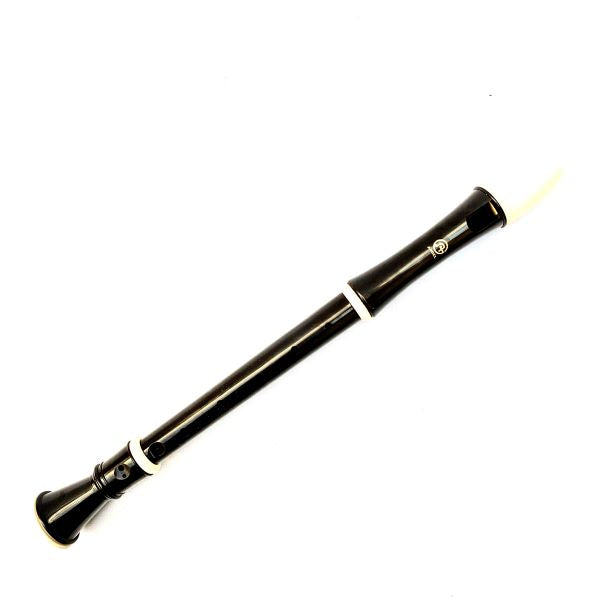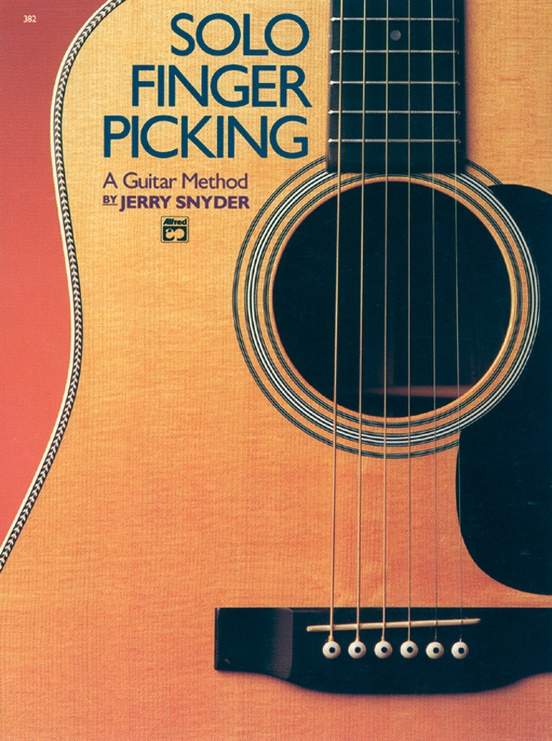

- #All for strings theory book 1 teachers 91. fingering chart full#
- #All for strings theory book 1 teachers 91. fingering chart code#
Cannot be combined with other coupon or promo codes.Cannot be applied to previous or pending purchases.
#All for strings theory book 1 teachers 91. fingering chart code#

So, to find a C scale, you must consider where the flats and sharps are, and avoid them.
#All for strings theory book 1 teachers 91. fingering chart full#
A full 12 step chromatic scale in A would have A, A sharp, also known as B flat, B, C (with no B sharp or C flat between!), C sharp also known as D flat, D, D sharp or E flat, E, F (again, only a half step here), F sharp and G flat, G, and finally G sharp or A flat, before landing on the A an octave up from the starting point. What makes this even trickier is that not all notes have sharp or flat versions. On a guitar, playing a scale is trickier, because we need to think about where the notes we want are, and avoid the others. On a piano, this is playing only the white keys and no black keys at all. For example, the C scale is made up of C, D, E, F, G, A, B, and C, with no sharp or flat notes at all. To play a scale, we need to skip some of the frets to only land on the notes on that scale. Playing the frets in order like this is called a chromatic scale, and is the equivalent of playing all of the white keys and black keys in order on a piano. This is because guitar scales are not made of half steps. If you try this now, you will notice that this does not sound very musical. If you play the low E string and then play the frets in order from 1 to 5, you will play E, F, F sharp, G, G sharp, and finally A.

Guitar Fretsįrets work by moving one-half step up the musical scale. To find what note you are playing on the guitar, it is important to consider the note of the string you are playing, as each note is relative to that string. The open strings span exactly two octaves. Each string is named after the note it plays if it is plucked while no fret is held. Strings Of The Guitarįirst, most beginner guitarists know that the strings of the guitar are named low E, A, D, G, B, and high E. Read on for a basic overview of how exactly frets correspond to musical notes. While this is a fine way to learn other people’s songs, this kind of incomplete knowledge makes it extremely difficult to get enough of a grounding in guitar theory to write original music. While it is easy to learn chords and regurgitate them, many beginner guitarists do not understand what exactly they are doing to form those chords.


 0 kommentar(er)
0 kommentar(er)
